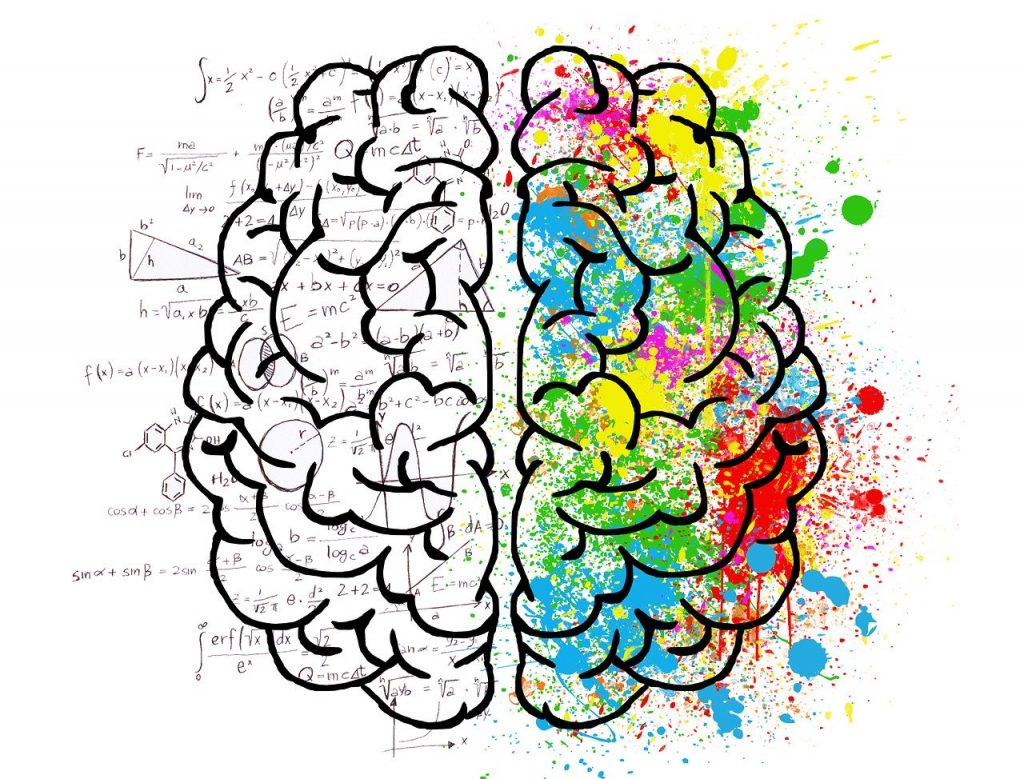Neuromyths: When opinions weigh more than scientific data.
Neuromyths: When opinions weigh more than scientific data.
By Gisela López
We live in a time where access to information has grown exponentially, and the explosion of content has invaded us in almost all our development fields.
This has benefited us but has also brought confusion or misinformation on various topics and categories as a cost-benefit. It is then framed in this dynamic of freedom to take information and use or share it without verification or case studies where we can locate the term neuromyth, which is nothing more than a false belief related to brain development.
We can also consider a neuromyth a misinterpretation or scientific information applied out of context that distorts its application in child training or an educational environment. Neuromyths misinform and condition entire families in how to treat their children with some neurodiverse conditions.
Unfortunately, using particular experiences, coincidences of variables in specific cases, and a bit of folklore, parents, teachers, and people involved in education feel free to apply strategies, establish diagnoses, and condition learning. This is very dangerous since we fall into malpractice if we do not check the information with reliable sources. And far from contributing, they distance neurodiverse children from an intervention suitable for their needs.
Today neuroscience challenges us with the excellent opportunity to consider different brains and different learning. Opening opportunities without distinction and creating inclusive spaces for enjoyment and construction of the individual as a singular being.
Here we have some of the most famous neuromyths. Let's pay attention to parents, teachers, and everyone in general.
Neuromyth 1: People who think and learn differently don't do well at school or work.
Neuromyth 2: People who think and learn differently are not intelligent.
To these neuromyths, we say...
DISABILITY IS NOT A DISABILITY
Armstrong (2011) points out that we are more used to highlighting deficiencies and difficulties than stopping to discover the talents and abilities of people with neurological disorders or disabilities. From medical diagnoses to curricular adaptations in schools, the only prevailing culture is that of disability that must be rehabilitated. However, when the effort is made to see beyond the deficit, more realistic intervention solutions appear, and, most importantly, students' self-esteem improves.
Currently, we find more and more examples of people with some disability or disorder (sensory, intellectual, physical, etc.) who manage to join the academic and work world while making the most of their skills and potential and have the support and adjustment necessary to supply or improve their difficulties.
How do they manage to overcome their challenges? How do they tend to improve and develop skills they did not have before? The answer is simple: they learn to do it. And they know, thanks to their own will and to the beautiful brain plasticity, which finds its way through a stimulating environment where all resources (human, technological, infrastructure, pedagogical, rehabilitation, etc.) synergize for the same end. How powerful is the setting? (CEREBRUM, 2019)
Neuromyth 3: Every child with a learning problem needs a remarkable school education in specific centers for this class of children.
To this neuromyth, we say...
The enrichment is bidirectional. With or without learning problems, the child will enjoy his schooling in a physical space where he feels safe and stimulated to expose his potential.
Many schools with experience in "neurodiverse classrooms" point out that the key is to encourage students to give everything they can in academic, artistic, and sports activities, as well as in the development of scheduled competitions. In addition, they provide them with technological and human support to achieve their full potential and plan their sessions based on different resources so that everyone (whether with an audio or a book in braille) can access the learning experience and work on the content.
But, for this to be possible, "a change in attitude is necessary, where parents, educators and other members of the educational community begin to see people with disabilities as part of the spectrum of human abilities, as part of a continuum" (Armstrong, 2011).
Educational inclusion has the following characteristics:
• Educational inclusion is not aimed at special education but at education in general.
• Educational inclusion focuses on the classroom and not on the student.
• Inclusion does not seek to correct the difference; he seeks to enrich himself from it.
• Inclusion does not focus on the person's disability or diagnosis but on her abilities.
• Educational inclusion does not seek to make the child adapt to the group: it aims to eliminate the barriers that prevent them from participating in the educational and social system.
• Inclusion is not about giving everyone the same thing but what they need to enjoy the same rights. (CEREBRUM, 2019)
To reflect:
1. Many children and their families have adopted a lapidary identity due to their different learning conditions compared to the regular educational system. A diagnosis without an integrating vision has forced some children to remain limited despite vast learning opportunities.
2. The regular educational system is neither academically prepared nor emotionally sensitized to open inclusion and attention to diversity.
3. Those involved in education are more focused on finding diagnoses and labels in students before promoting motivating spaces to promote the potential of each child.
Bibliographic references:
CEREBRUM. (2019). Neuroeducation in action. In CEREBRUM, BRAINBOX NEUROEDUCATION by Cerebrum (pp. 25 - 27). Lima: Cerebrum Ediciones S.A.C.
Martinez, M. (April 9, 2018). Mariana MM Martínez Positive discipline. Obtained from Mariana MM Martínez: https://mariana-martinez.es/blog/que-son-los-neuromitos-y-porque-es-importante-que-los-conozcamos/
Morales AA, Dionisio L. Attention and hyperactivity disorder (TDH). Questions about its diagnosis and prevalence. Rev. Public Health (Córdoba) [Internet]. 2014 Mar 21 [cited 2022 Jun 27];16(2):46-5. Available at: https://revistas.unc.edu.ar/index.php/RSD/article/view/6942




Comentarios
Publicar un comentario